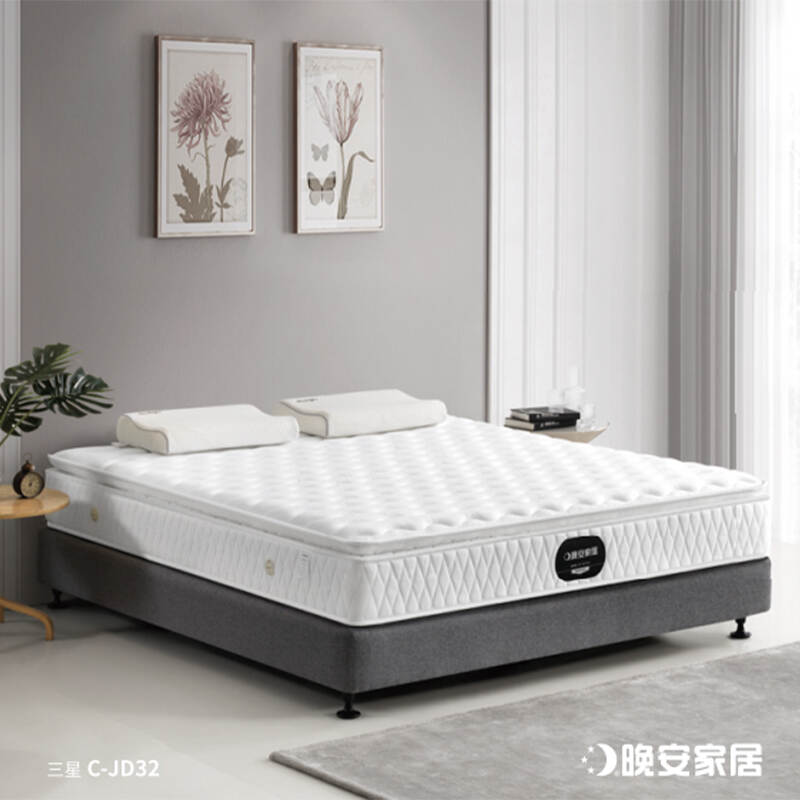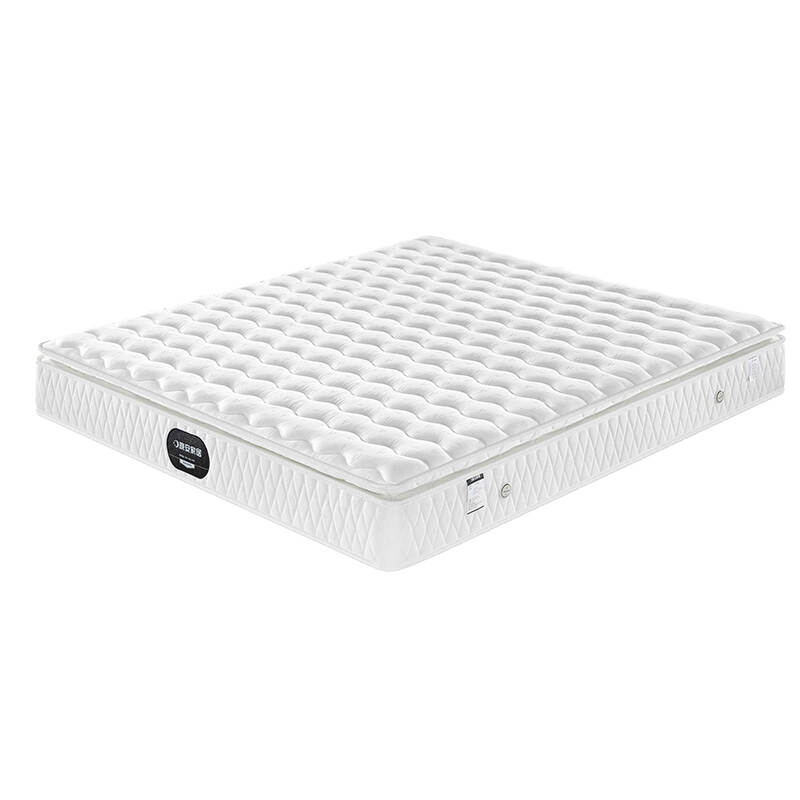Unsure which mattress suits your needs? Dive into the structural, functional, and practical differences between pocket spring and Bonnell spring mattresses to make an informed decision.
Choosing the right mattress hinges on understanding the difference between pocket spring and Bonnell spring mattress. These two innerspring systems dominate the market, yet their designs cater to distinct sleep preferences and needs. This guide explores their mechanics, pros and cons, and ideal use cases, ensuring you select the best option for comfort, support, and longevity.
What Is a Bonnell Spring Mattress?
Bonnell springs, one of the oldest innerspring designs, originated in the 19th century and remain popular for their affordability and durability. Named after their inventor, they feature hourglass-shaped coils interconnected by helical wires, forming a unified grid-like structure.
Key Characteristics
- Interlinked Coils: The interconnected design distributes weight evenly but transmits motion across the mattress.
- Firm Support: Ideal for back sleepers or those preferring a rigid surface.
- Cost-Effective: Mass-produced, making them budget-friendly.
Bonnell springs excel in durability due to fewer moving parts but lack contouring and motion isolation. Historically, they dominated the market but face competition from modern alternatives like pocket springs.
What Is a Pocket Spring Mattress?
Pocket spring mattresses, invented in 1900 by Simmons, revolutionized sleep technology with individually wrapped coils encased in fabric pockets. Each spring moves independently, offering tailored support and minimizing disturbances.
Key Characteristics
- Independent Movement: Coils respond separately to pressure, contouring to body curves.
- Motion Isolation: Perfect for couples—movements stay localized.
- Zoned Support: Advanced models feature varying coil densities for spinal alignment.
Though pricier, pocket springs prioritize personalized comfort and are favored by side sleepers and chronic pain sufferers.
Difference Between Pocket Spring and Bonnell Spring Mattress: A Detailed Comparison
To grasp the difference, let’s analyze six critical factors:
1. Structural Design
- Bonnell Springs: Hourglass-shaped coils are interlinked via wires, creating a bouncy, uniform surface. This design limits adaptability but enhances durability.
- Pocket Springs: Each coil is housed in a fabric pocket, allowing independent compression. This structure adapts to body contours but requires more materials.
2. Motion Transfer
- Bonnell: Poor motion isolation—tossing or turning reverberates across the mattress due to interconnected coils.
- Pocket: Exceptional isolation—movements stay confined, ideal for light sleepers.
3. Pressure Relief and Contouring
- Bonnell: Offers uniform support but minimal contouring, potentially causing pressure points for side sleepers.
- Pocket: Conforms to body shape, alleviating pressure on shoulders and hips.
4. Durability
- Bonnell: Robust due to fewer moving parts; however, shared tension may lead to sagging over time.
- Pocket: High-quality models last 8–10 years, but weaker coils may deform under heavy weight.
5. Price
- Bonnell: Budget-friendly ($243-$757), ideal for guest rooms or temporary use.
- Pocket: Premium pricing ($429-$2143+) reflects advanced engineering and materials.
6. Ideal Sleeper Profiles
- Bonnell: Back sleepers, heavyweight individuals (>230 lbs), or budget-conscious buyers.
- Pocket: Side sleepers, couples, or those with back/neck pain.
Elasticity and Pressure Response: A Technical Breakdown
The difference between pocket spring and Bonnell spring mattress becomes stark when analyzing their elastic behaviors:
Bonnell Springs
- Wide Elastic Range: Handles heavy pressure effectively, ideal for firm to ultra-firm mattresses.
- Gradual Resistance: Reacts with a “stepped” resistance curve—minimal response to light pressure but strong support under heavy loads. Think of it like an automatic car with noticeable gear shifts.
Pocket Springs
- Uniform Resistance: Provides consistent support within its ideal pressure range but struggles with excessive weight.
- Smoother Transition: Pre-compressed during manufacturing, offering a seamless shift from rest to compression.
Pros and Cons at a Glance
Bonnell Spring Mattress
Pros:
- Affordable and widely available.
- Durable for long-term use.
Cons:
- Poor motion isolation and noise.
- Limited contouring for pressure relief.
Pocket Spring Mattress
Pros:
- Superior motion isolation and quiet operation.
- Customized support for spinal alignment.
Cons:
- Higher cost and potential sagging in budget models.
Which Should You Choose?
The difference between pocket spring and Bonnell spring mattress ultimately depends on your priorities:
- Opt for Bonnell if you prioritize cost, firmness, and single-sleeper durability.
- Choose Pocket Spring for couples, personalized comfort, or chronic pain relief.
Maintenance Tips
- Rotate both mattress types every 3–6 months to prevent sagging.
- Use waterproof protectors to shield coils from moisture and dust.
- Avoid sitting on edges of Bonnell mattresses, as interlinked coils weaken over time.
FAQs
Q: Do pocket springs last longer than Bonnell springs?
A: High-quality pocket springs can outlast Bonnell models due to reinforced coils, but budget options may sag faster.
Q: Can Bonnell springs cause back pain?
A: Yes, if you need contouring. Opt for pocket springs or a hybrid design with foam layers.

Conclusion
Understanding the difference between pocket spring and Bonnell spring mattress empowers you to invest wisely. Bonnell springs offer classic durability at a lower price, while pocket springs deliver modern comfort and motion isolation. Align your choice with sleep habits, budget, and health needs for restful nights.

